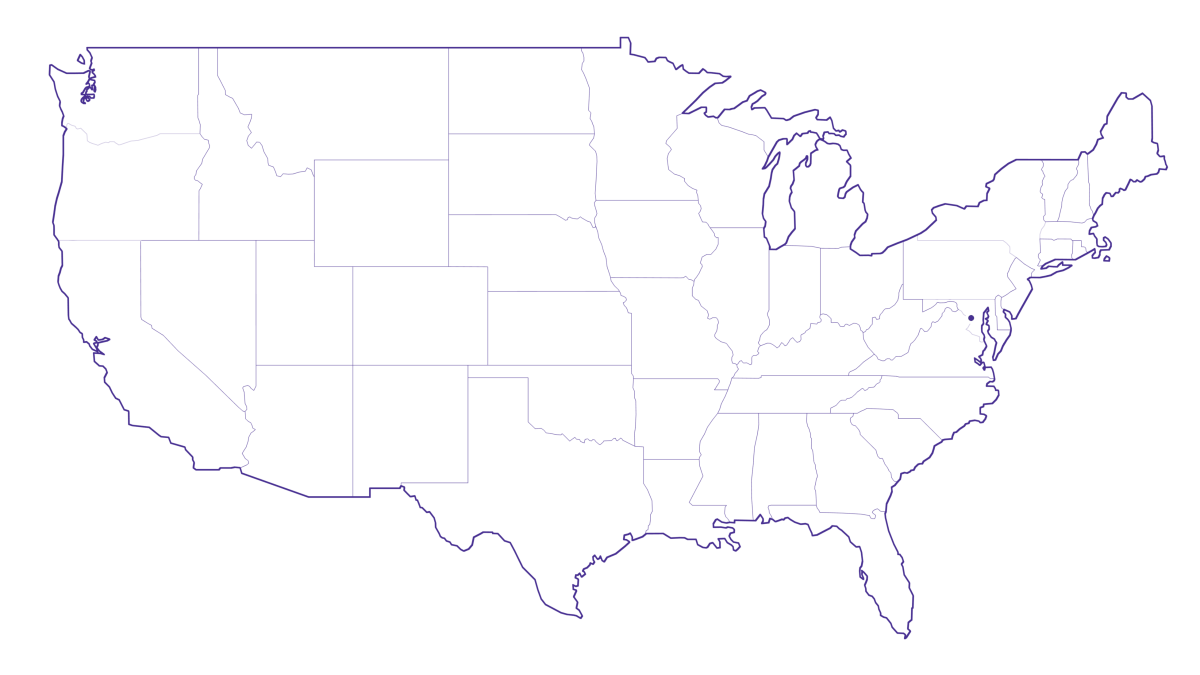What is 5G?

The cellular technology industry has had several waves of iterations and generations. From analog 1G technology to the digital eras of 2G, 3G, and 4G, the world now has a new standard for cellular networks in 5G. 5G promises faster download and upload speeds, ultra-low latency, and the ability to connect billions of devices simultaneously.
In this article, we’ll explore what 5G is, how it works, and what it means for communication and technology in the future.
What you'll learn:
What is 5G?
5G is the fifth generation of cellular networks and the most recent iteration of cellular technology.
The “G” in 5G means generation, and the number 5 represents its generation number.
The goal of 5G wireless technology is to drastically increase the speed and effectiveness of wireless networks while reducing latency to the absolute minimum.
What are the differences between the previous generations and 5G?
Mobile networks have evolved in five generations: 1G, 2G, 3G, 4G, and 5G.
Every generation of mobile connectivity is described as a collection of telephone network standards describing the network’s technological implementation.
Each generation released is faster and contains improved and additional features compared to the previous generation.
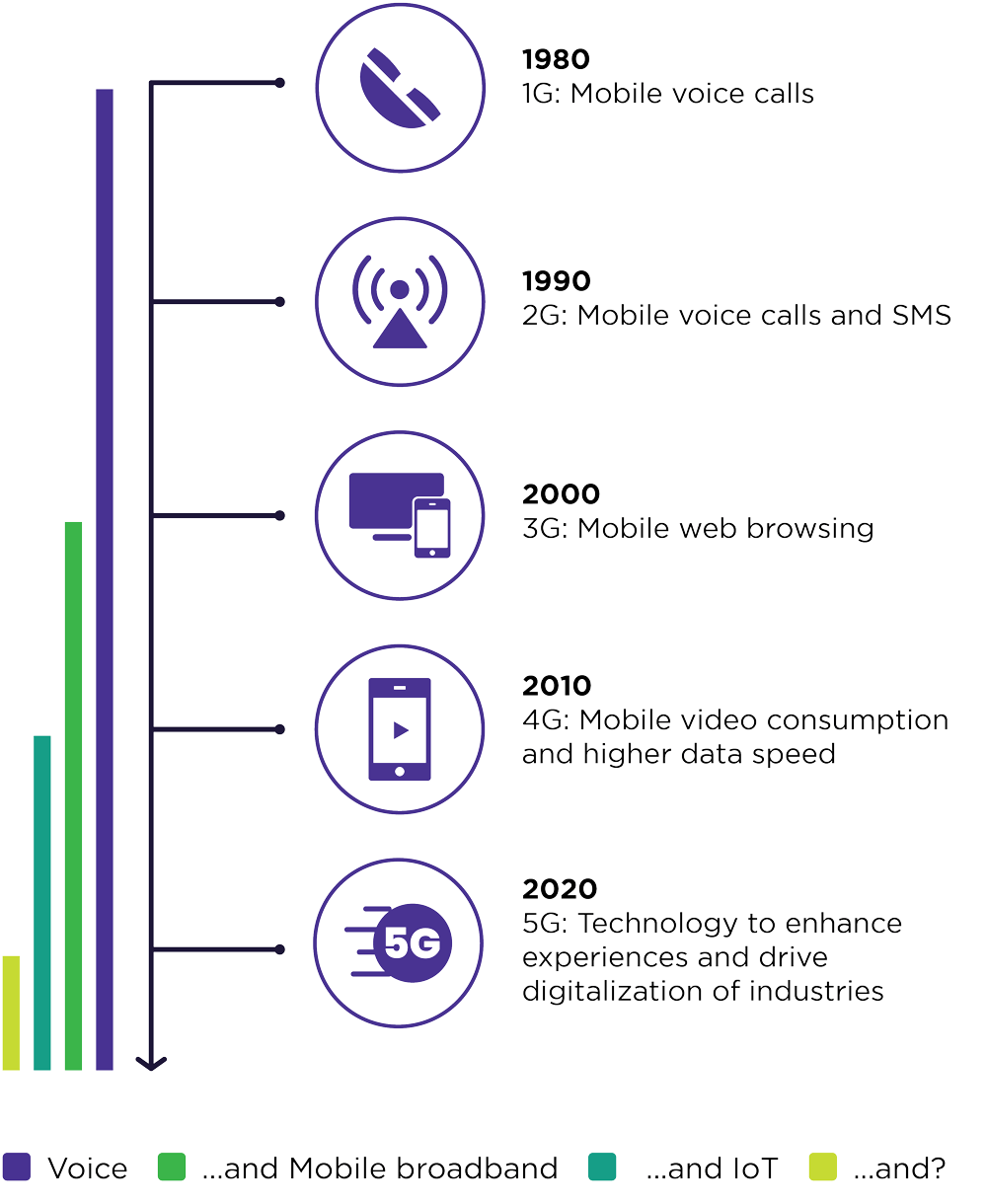
Infographic timeline of mobile technology generations, 1G through 5G.
Network generations
First Generation (1G)
The first generation of cellular technology was launched in the 1980s.
1G was analog technology, and the phones using it had poor voice quality, little security, and dropped calls occasionally.

It offered maximum speeds of up to 2.4 kbps and has been discontinued.
Second Generation (2G)
The second generation of mobile networks was launched in Finland in 1991 and is based on the GSM standards.
The upgrade from 1G to 2G took phones from analog to digital technology.

2G functionalities were achieved by multiplexing, which allows multiple users on a single channel.
With the development of 2G technology, data services like SMS, photo messaging, and MMS were introduced, along with call and text encryption.

GSM networks added an improvement known as General Packet Radio Service (GPRS) to deliver effective mobile data services with maximum speeds of 50 kbps.
After GPRS, Enhanced Data for Global Evolution (EDGE) was launched, bringing peak download speeds up to 384 kbps. EDGE+ has a top speed of 1.3 Mbps.
Third Generation (3G)
3G mobile communication first became commercially available in 2001, with the objectives of facilitating more voice and data capacity, supporting a larger range of applications, and enhancing data transmission at a lower cost.
3G wireless technology allows you to use your cell phone in more data-intensive ways, such as web browsing, email, picture and video downloads, and video calling.
The Universal Mobile Telecommunications System (UMTS) is the primary network architecture used by the 3G standard.
The 3G network incorporates features of the 2G network with new technologies and protocols to provide a substantially faster data rate.

3G networks adhere to the International Mobile Telecommunications (IMT-2000) set of standards by the International Telecommunication Union.
For a network to be considered a 3G network, the IMT-2000 standard calls for fixed speeds of 2 Mbps and mobile rates of 384 kbps.
Fourth Generation LTE (4G LTE)
The term “4G” refers to the fourth generation of mobile networks.
The two main technologies that have made 4G viable are MIMO (Multiple Input Multiple Output) and OFDM (Orthogonal Frequency Division Multiplexing).
The two major 4G standards are Long Term Evolution (LTE), which has seen widespread deployment, and worldwide interoperability for microwave access (WiMAX), which is no longer in use.
In addition to fast internet speeds, 4G LTE networks use Voice Over LTE (VoLTE) packet-switching technology to enable voice calls and text messages.
LTE networks include a 2G/3G fallback that allows them to support voice calls and texts over 2G or 3G networks if your phone or your mobile carrier does not support VoLTE.

The speeds of a 4G network when the device is moving are 100 Mbps. For low-mobility communication, such as when the caller is standing still or moving slowly, the speed is 1 Gbps.

The major distinction between 5G vs 4G is that 5G networks have a higher maximum bandwidth than 4G LTE networks and faster data rates.
5G networks also have a low latency of less than 1 millisecond, while 4G has a latency of around 30 to 50 milliseconds.
While 4G focuses on mobile broadband services, 5G cuts across broadband services, mission-critical communications, and the Internet of Things.
How does 5G work?
5G wireless technology is made possible by New Radio (NR) technology. New Radio (NR) technology, similar to LTE, is based on OFDM (Orthogonal frequency-division multiplexing). 5G networks utilize high-frequency radio millimeter waves (mmWaves) in the 30 GHz to 300 GHz range, which are higher than those used by earlier mobile network generations.
To transmit and receive data at greater speeds, 5G employs a technology called “spectrum sharing,” which allows numerous users to share the same frequency range at the same time.
This is achieved by transmitting the signals through a large number of tiny cell stations positioned close together in locations such as light poles or building roofs to improve the overall coverage area.
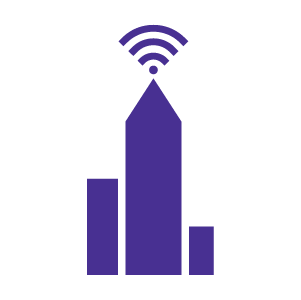
However, the high frequency mmWaves can only go a short distance and are susceptible to interference from the weather and natural barriers like trees and buildings. Hence, 5G requires many more small cell sites than traditional cell towers.
Wanna save more on mobile?
Looking for better mobile?
Astound makes switching your mobile plan easy and affordable while keeping you connected to the fast and ultra-reliable internet you deserve.
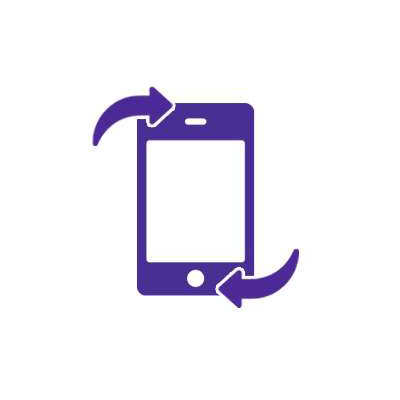
How fast is 5G?
The 5G wireless network is aimed at delivering faster data speeds, reduced latency, and greater network capacity than previous generations, such as 4G LTE.
It is designed to operate in three frequency bands: the low band, the midband, and the mmWave (high frequency) bandwidth.
Using the low and mid-frequency bands for 5G networks provides wider distance coverage; however, they have slower speeds and capacities compared to mmWaves.
As a result, lower frequency bands can help with 5G’s widespread adoption in wider regions. The mmWave frequencies have substantially faster data rates and low latency, but have less coverage and are more vulnerable to signal interference.
This makes them better in densely populated areas.
Peak 5G speed can reach up to 20 Gbps, which is 10–20 times faster than peak 4G LTE data rates, which typically range between 1-2 Gbps.
This makes downloading videos and films in seconds and streaming 4K HD-quality videos without buffering possible.

These peak rates, however, are only possible under optimal conditions and with the use of a high-frequency band.
If using mmWave, these scenarios would currently need to be within a city block of a 5G cell station.
Otherwise the data speed would be reduced to 4G.
5G employs several newer technologies, including massive MIMO, beamforming, and network slicing to achieve these higher data speeds.
Massive MIMO
Massive MIMO entails using multiple antennas to send and receive information concurrently, thereby providing better connections to increase network capacity and signal quality.
Beamforming
Beamforming with multiple antennas in an array allows the network to guide the signal in a certain direction rather than broadcasting it, which reduces interference and improves overall performance.
Network slicing
Network slicing allows network operators to split the network into different virtual networks, each tailored for a specific use case, such as the Internet of Things or streaming videos.

What are the benefits of 5G?
The following are some benefits of 5G as network operators gradually but steadily continue to build out their networks.
1. High data speeds with low latency and a massive network capacity
5G provides faster upload and download speeds, with rates of up to 20 GBps for internet services.
Its low latency and massive network capacity ensure there is no delay when transmitting data between devices, which supports a large number of smart devices simultaneously and the Internet of Things.
2. Make businesses more efficient
5G has the potential to revolutionize businesses by making them more efficient in terms of productivity, providing better customer service and improving employee collaboration.
For example, manufacturing facilities may use 5G to enable real-time monitoring of production lines and retail businesses may use it to offer more individualized customer experiences.
3. Help enable connected and autonomous cars
Fast, dependable connectivity is required for connected cars to enable capabilities such as real-time traffic updates, remote diagnostics, and autonomous driving.
5G networks have the necessary speed, capacity, and low latency to implement these functionalities, which can make driving safer and more efficient.
4. Advanced Gaming
Because of 5G’s low latency and high speeds, gamers can play advanced, graphics-intensive games without encountering lag or other performance difficulties.
Furthermore, the improved network capacity of 5G means that numerous players may connect simultaneously without interfering with the overall gameplay experience.

5. Potential for a more sustainable future
5G networks have the potential to support a wide range of sustainability efforts, including artificial intelligence for smart cities, renewable energy, agricultural technology, and health care.
For example, in agri-tech, 5G is also improving food distribution efficiency, from smart transportation and logistics to connected retail systems that can help ensure less farm produce is wasted.

Where is 5G available?
5G is meant to enable a wide range of use cases, including:
-
- Enhanced mobile broadband (eMBB)
- Mission-critical communications
- Internet of Things (IoT)
This is thanks to faster connectivity rates, ultra-low latency, and more bandwidth.
Enhanced Mobile Broadband (eMBB)
One of the main 5G applications for enhancing mobile broadband services is 5G eMBB.
It works together with other 5G technologies, which include ultra-reliable low latency communications (uRLLC) and massive machine type communication (mMTC), to meet the needs of modern wireless networks in terms of bandwidth, latency, and coverage.
5G eMBB enables high-quality internet connectivity even when environmental circumstances are severe.
5G eMBB sets peak upload and download rates of 10–20 Gbps as opposed to 4G LTE’s 2 Gbps.
5G eMBB can provide a variety of sub-use cases, such as improving broadband access in densely populated areas with consistent coverage.
It is also suitable for supporting entertainment and cloud-based applications.
These include head-mounted displays (HMDs) that require 5G connectivity to deliver augmented reality (AR) content, as well as media and video applications that require the speed and capacity to run smoothly, such as Ultra High Definition, 360° streaming video, 4K video, and 3D 8K video.

Furthermore, 5G eMBB can be used to provide a seamless gaming experience for some games with photorealistic graphics that integrate virtual and augmented reality, which can be backed by cloud-based services.
Mission-critical communications
5G can also be utilized for mission-critical communications requiring high reliability, low latency, and security.
This includes applications like remote surgery, public health and safety, and emergency services.
Mission-critical systems must remain in working order at all times. Otherwise, they risk operational disruption, revenue loss, danger to lives, equipment damage and environmental effects.
5G’s low-latency connections make it possible for emergency command centers, for example, to have an exact picture of a disaster and be able to effectively deploy personnel and resources for first responders.

Public safety personnel and emergency responders can communicate in real time to maintain high public safety standards.
Furthermore, 5G’s enhanced security capabilities protect and securely transmit critical data, preventing illegal access.
Internet of Things (IoT)
5G can revitalize the IoT by enabling widespread deployments of connected devices.
These devices can exchange data more effectively and communicate in real time.
The increase in the number of connected devices opens the possibilities for smart homes, smart cities, and connected vehicles.
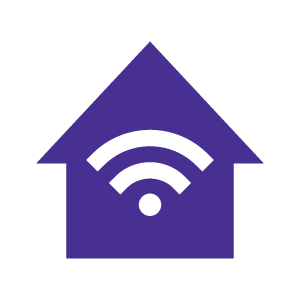
For instance, 5G can enable intelligent traffic control systems in smart cities to ease traffic and increase safety on the roads.
5G networking allows cars to communicate with each other and their environment, which lowers the risk of accidents and allows for far more effective traffic patterns.
It can also enable smart energy grids to optimize energy consumption and eliminate blackouts in cities.

5G deployed in areas with large crowds
Large crowds of people may gather in places like sports stadiums, concert venues, and public squares where there is a great demand for high-speed connectivity.
Because people may be trying to use the internet or share content on social media at the same time, network providers can offer faster speeds, lower latency, and higher capacity by deploying 5G in these regions, ensuring that customers enjoy a smooth, high-quality experience.
This could also help emergency responders, as 5G can handle mission-critical communications in crowded areas, ensuring public health and safety.
Build your plan
Your perfect plan is just a click away
Get the speeds, WiFi, mobile and TV plans you need all at an affordable price. Bundle your services with Astound and see how much you can save.

Save with Mobile & Internet Together
Get the mobile service, home internet & streaming that’s just right for you.
Astound Mobile requires Astound Internet service. Coverage not available in all areas. A trademark of Ziff Davis, LLC. Used under license. Reprinted with permission. Where available. © 2024 Ziff Davis, LLC. All Rights Reserved. All names, logos, images and service marks are property of their respective owners. ©2025 Radiate Hold Co., LLC d/b/a Astound Broadband. All rights reserved.
This website contains instructional information, including from third-party sources, and is intended, but cannot be guaranteed, to be always up-to-date, complete and accurate. Astound does not endorse, and is not responsible for, any third-party content that may be accessed through this website. Any representation or warranty by Astound that might be otherwise implied by information on this website is expressly disclaimed. Astound expressly disclaims all liability or responsibility with respect to actions taken or not taken based on any or all of the instructional information contained on this website. Astound does not warrant or guarantee the availability of any services at any specific time or geographic location or that services will be provided without interruption. Not all aspects of the Astound services function on all equipment and devices. Use of this website is subject to the Web Site Disclaimer and Web Content Accessibility Policy.


